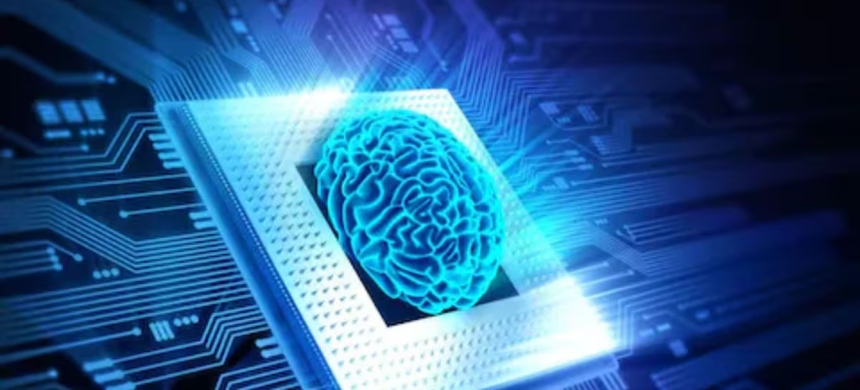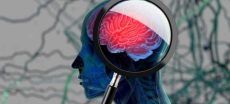Swedish Scientists Create the World’s First ‘Living’ Computer Using Human Brain Tissue
In a groundbreaking development in biotechnology and neuroscience, Swedish scientists have successfully created the world’s first ‘living computer’ using human brain tissue. This revolutionary achievement was made possible by FinalSpark, a Switzerland-based startup. This article delves into the science behind this pioneering research, how the living computer works, and its potential implications for the future.
Introduction
The concept of living computers has been around for some time, but Swedish scientists have now turned this idea into reality. The living computer they’ve created is made from human brain tissue, specifically 16 organoids, or clumps of brain cells. Organoids are three-dimensional tissue cultures made from stem cells that self-organize into structures resembling the human brain. These brain organoids, grown in a lab, are capable of communicating with one another, just like neurons in the human brain.
How It Works
The organoids function similarly to traditional computer chips, sending and receiving signals through their neurons, which act as circuits. However, what sets this living computer apart is its energy efficiency. Living neurons use over one million times less energy than current digital processors. This low-energy consumption makes the living computer an attractive alternative to traditional computing methods.
Researchers have compared the performance of these organoids to some of the most advanced computers, such as the Hewlett Packard Enterprise Frontier. They found that the human brain can operate at comparable speeds and store up to 1,000 times more data, all while using just 10 to 20 watts of energy. In contrast, high-end digital computers require 21 megawatts of power to function.
An intriguing aspect of this technology is the dopamine-based training system. When the organoids complete a task, they are rewarded with dopamine, delivered via light stimulation, mirroring how dopamine is naturally released in the human brain.
Read More: OpenAI launched ChatGPT mobile application
Development of the Living Computer
The creation of this living computer was led by FinalSpark, a startup focused on biological neural networks. According to Dr. Fred Jordan, Co-CEO of FinalSpark, the technology is referred to as ‘wetware,’ a blend of software and hardware, as the brain bridges both.
To create the living computer, scientists collected organoids, small samples of human brain tissue derived from neural stem cells. These were cultivated in a controlled environment for about a month, allowing them to form neurons. The team then built mini-brains from an estimated 10,000 living neurons, each about 0.5 mm in diameter. These mini-brains are surrounded by electrodes that measure the brain’s electrical activity and stimulate the neurons.
Using specialized electrodes, the team converted the neural activity into digital information, allowing the organoids to perform basic computer processing tasks.
Preservation and Lifespan
The organoids are maintained in a microfluidic incubator, which provides nutrients and keeps the cells alive. The incubator operates like a mini plumbing system, ensuring the cells stay at body temperature and in a sterile environment. Despite their limited lifespan of about 100 days, these organoids exhibit electrical activity that mirrors real human brain cells, allowing them to function similarly to neurons.
FinalSpark has launched the Living Computer as an online platform, where researchers can remotely experiment on these biological neurons in vitro.
Conclusion
The creation of the world’s first living computer using human brain tissue marks a major breakthrough in biotechnology and computing. This innovative research paves the way for advancements in medical research, artificial intelligence, and data processing, offering exciting possibilities for the future of computing.











